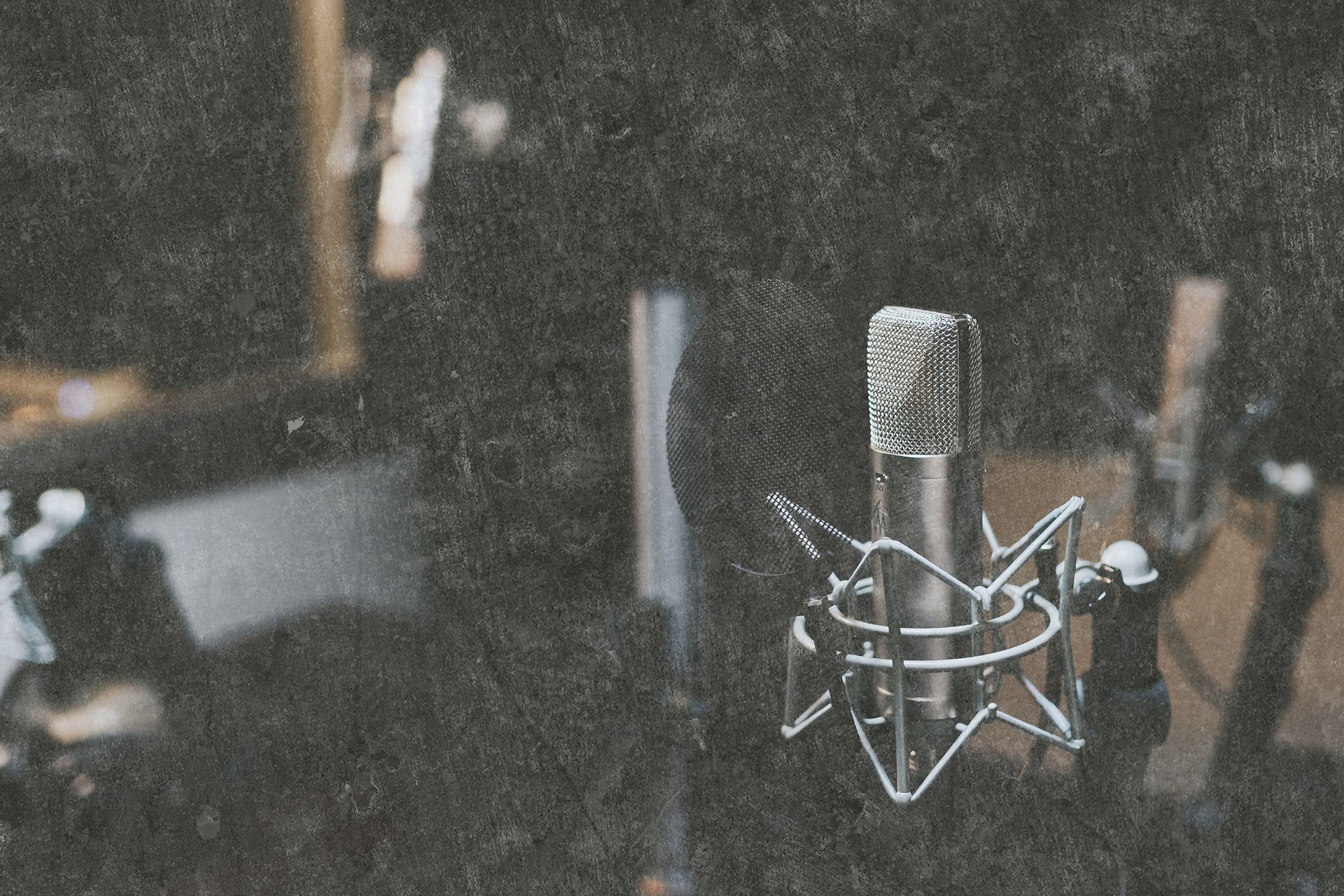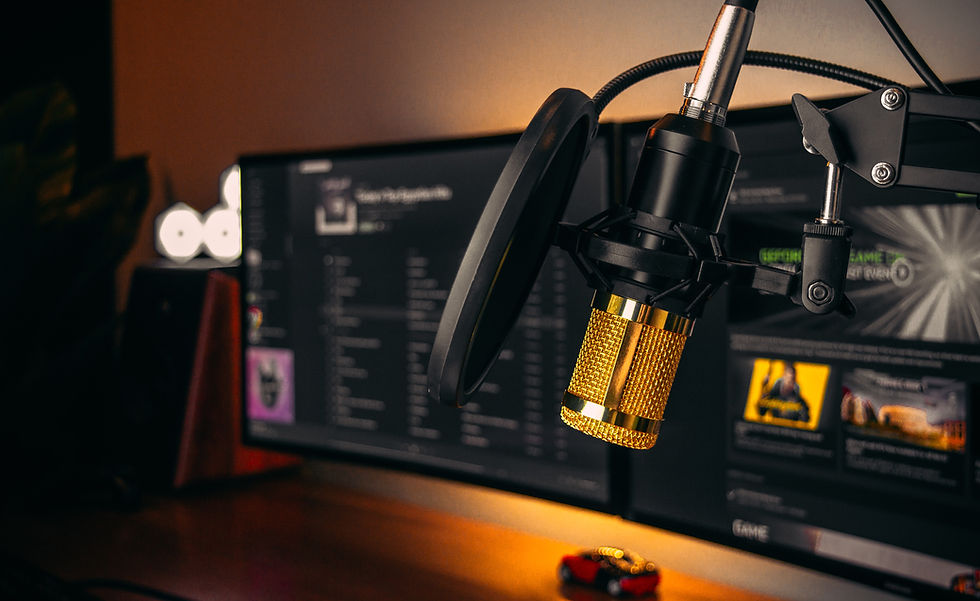Voice Overs: 30 Years Ago vs. Today
- Jeff

- Aug 25
- 3 min read

The voice over industry has always been about connection—one human voice speaking to another. But the way we record, deliver, and even find jobs has changed drastically in the past three decades. Let’s take a look at how voice overs 30 years ago compare to today.
The Studio Experience: Big Budgets vs. Home Setups
30 Years Ago:In the 1990s, if you wanted to be a voice actor, you had to go into a professional studio. That meant expensive hourly rates, reel-to-reel tapes, and often, an entire production crew just for one spot. Recording wasn’t just about talent—it was about access.
Today:The rise of affordable condenser microphones, digital audio interfaces, and software like Adobe Audition has made professional-quality home studios the norm. Today, a closet with some acoustic treatment can rival a six-figure studio from 1995. Talent no longer needs to live in L.A. or New York to book work—they can work globally from their laptop.
The Demo Reel: Tapes vs. Digital Links
30 Years Ago:Voice actors carried around cassette tapes or CDs with their demos. Want to land a client? You’d mail them a physical copy and wait weeks for a callback—if you ever got one.
Today:Your demo lives online. With a few clicks, a client on the other side of the world can hear your work instantly. Platforms like Fiverr, Voices.com, and personal websites like jeffcvo.com have replaced FedEx shipments and cassette duplication.
The Casting Process: Agents vs. Algorithms
30 Years Ago:Most voice work was gatekept by agents. If you didn’t have representation, your chances of booking national work were slim. Jobs came through personal relationships, auditions at talent agencies, and in-person networking.
Today:Online marketplaces and AI-driven casting have democratized the process. Anyone with skill, gear, and hustle can audition for global clients 24/7. While agents still play a huge role for big-name campaigns, independent talent can thrive without them.
The Technology: Analog vs. Digital
30 Years Ago:Sessions were recorded on reel-to-reel or DAT (Digital Audio Tape). Editing required razor blades, splicing tape, and a steady hand. If you flubbed a line, engineers had to cut, paste, and pray.
Today:Digital recording allows infinite takes, easy punch-ins, and edits down to the millisecond. A mistake is no longer a disaster—it’s a quick undo. Cloud storage and file transfer mean a client in Tokyo can receive a pristine WAV file seconds after it’s recorded.
The Competition: Local vs. Global
30 Years Ago:You were competing against the talent in your city. Local car dealerships, radio spots, and regional TV ads were the bread and butter.
Today:You’re competing against thousands of voices worldwide. That means more competition, but also more opportunity. A voice actor in Minneapolis can book a commercial in Dubai.
What Hasn’t Changed
Despite the tech revolution, one thing remains timeless: the power of the human voice. Microphones, platforms, and delivery methods may change, but the magic is still in how one voice can sell, soothe, or stir emotions.
Final Thoughts
Thirty years ago, voice overs were an industry of gatekeepers, tape reels, and big-city studios. Today, it’s an industry of accessibility, home studios, and global opportunities. The game has changed—but the voice remains at the heart of it all.
I can address ALL of your voice over needs. Check out my homepage HERE. Even if it's not my voice you're looking for, I can point you in the right direction to bring your campaign to life.




Comments